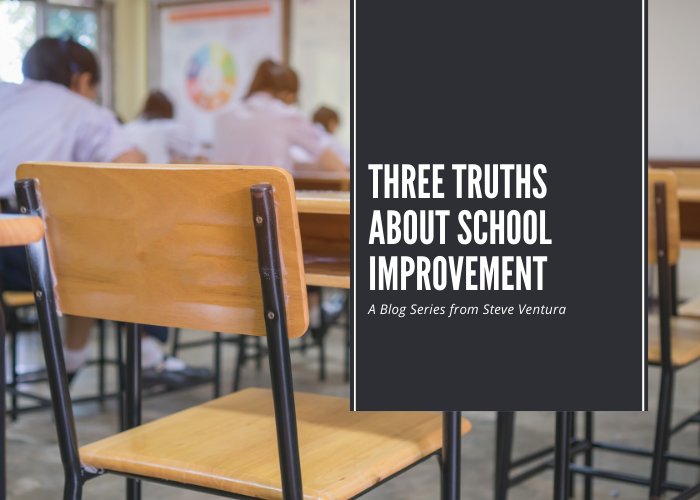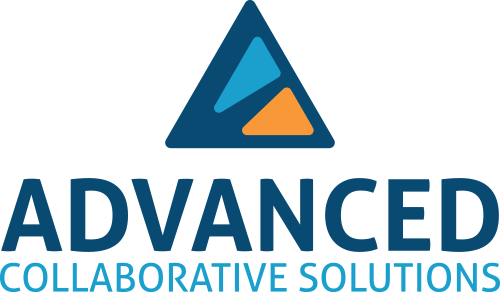Truth Two: An Instructional Leader Does Not Merely “Sponsor” Learning for Others

By: Steve Ventura
Truth 2: An Instructional Leader Does Not Merely “Sponsor” Learning for Others.
Part 2 of 3. This three-part series debunks myths and provides the truth about what works best for school improvement. View Part 1 and Part 3 of this series.
In part one, we discussed how programs will never have as much impact as professional practice. By focusing on developing and coaching teachers, the investment will have much greater impact on student achievement then any program ever will. Now we’ll move on to the leader’s role when it comes to learning, both for teachers and students.
To be effective, leaders must participate in learning with others. The best leaders are great teachers, it is that simple. An effective leader maintains a learning environment based on quality teaching, student engagement, evaluation of instructional impact, and is able to create positive home-school relationships. When leaders possess the knowledge, skills, and principles associated with high-yield leadership behaviors, they can have a positive impact on students and teachers.
Promoting and Participating in Teacher Learning and Development
Professional development involves more than principals arranging for staff to learn. The leader should always participate fully in the learning. Not only does this show a true commitment to the learning, the principal is more likely to be seen by staff as a source of instructional advice, which suggests that they are both more accessible and more knowledgeable about instructional matters than their counterparts in otherwise similar schools.
Viviane Robinson identified a number of characteristics that principals need to focus on that were associated with effective professional development, including:
- Providing extended time and using it effectively;
- Ensuring teachers were engaged in the learning;
- Challenging problematic discourses, especially around low expectations for students;
- Providing opportunities to participate in a professional community that was focused on the teaching-achievement relationship;
- Involving school leaders who supported the learning by setting and monitoring targets and developing the leadership of others.” (2007)
Based on these findings, it would seem that the best leaders have the ability to develop and support the teachers in their schools. Those principals who make time to observe teachers (other than formal evaluations), can identify strengths and areas for improvement, and provide support and feedback. Moreover, great principals build in time and create structures for teachers to learn from each other in ways that directly help kids learn. And strong principals realize that they do not have all of the answers. They make sure teachers are meeting with and observing one another while offering support and feedback to improve student learning.
Ken Blanchard said, “If a change is introduced that is not aligned with the current culture, you must alter the existing culture to support the new initiative or accept that the change may not be sustainable in the long term.” (2007) Instructional leaders pay close attention to teacher impact and its effect on student learning while maintaining an environment that diminishes disruption to learning. Strong leaders have high expectations of teachers for their students, they visit classrooms, and they monitor the quality of learning in the school closely.
We’ve all been in PD workshops where the leader shows up for five minutes, sits on their phone or computer, and can’t bother to engage with the learning. This leadership style doesn’t promote collective efficacy nor does it create a culture of learning. Strong leaders don’t only have high expectations for their teachers and students, they have high expectations for themselves, because being an effective leader means that you must continue to grow and evolve with your staff when it comes to building a better school.
References
Blanchard, Ken. 2007. Leading at a higher level: Blanchard on leadership and creating high performing organizations. Upper Saddle River, N.J.: Pearson/Prentice Hall.
Robinson, Viviane (2007). School Leadership and Student Outcomes: Identifying What Works and Why (BES). ACEL.

